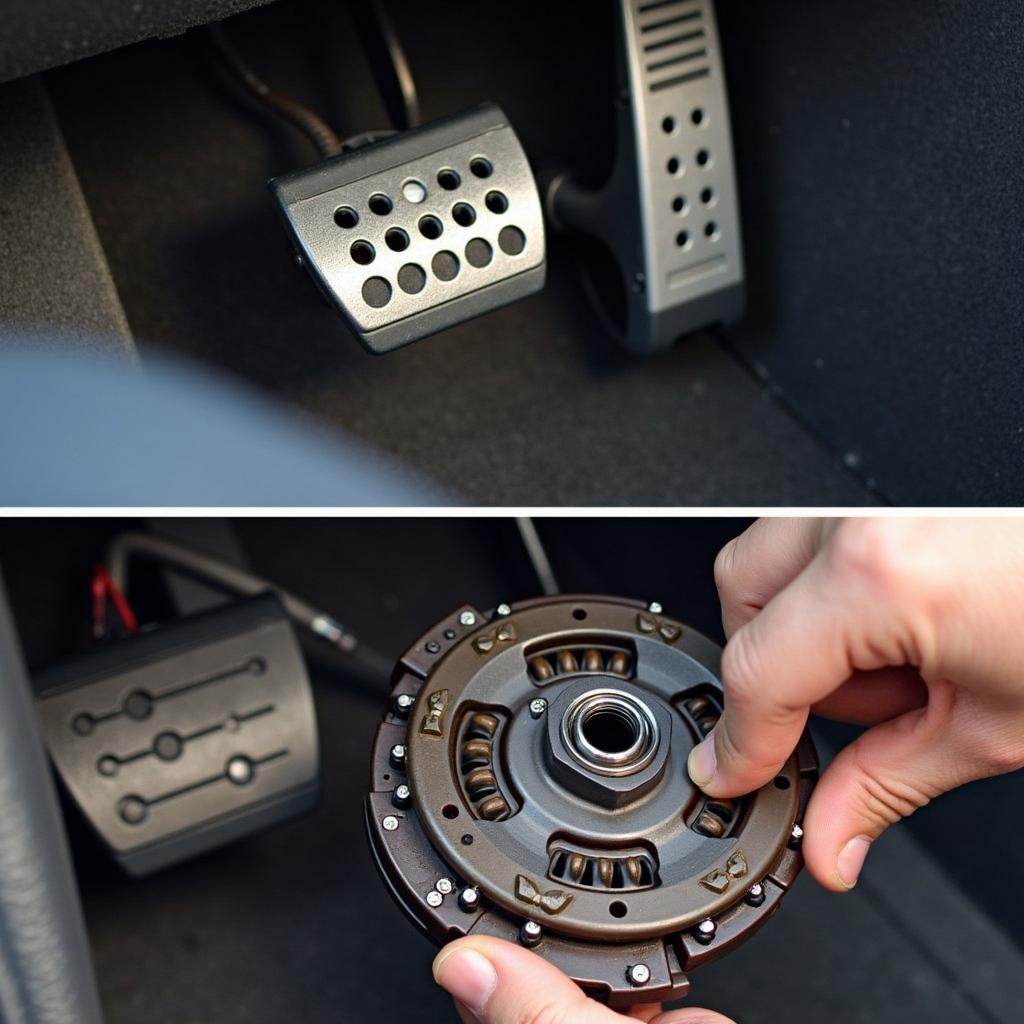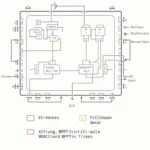The Mazda 3 is a popular compact vehicle known for its sporty design and dynamic handling. Since its introduction in 2003, it has become a real sales hit. However, like any car, the Mazda 3 also has its minor weaknesses. In this article, we take a look at typical problems that can occur with the Mazda 3 and give you tips on how to identify and address them early on.
Common Problems with the Mazda 3
Although the Mazda 3 is generally considered a reliable vehicle, there are some weak points that occur more frequently in certain models. These include:
- Clutch System Problems: Some vehicles from the 2010 to 2013 model years experienced issues with the clutch pedal. Affected drivers report a stiff or spongy pedal feel, making shifting difficult. In some cases, the entire clutch had to be replaced.
- Faulty Ignition Coils: Particularly in first-generation (BK) gasoline engines, the ignition coils can fail prematurely. This manifests as misfires, loss of power, and rough engine running.
- DPF Problems: Vehicles with diesel engines may experience problems with the Diesel Particulate Filter (DPF), especially with frequent short-distance driving. A clogged DPF can lead to reduced performance and increased fuel consumption.
- Electronic Issues: Occasionally, the Mazda 3 may also experience problems with its electronics, such as the air conditioning, navigation system, or power windows.
 Close-up of a Mazda 3 clutch pedal or system, illustrating common clutch issues
Close-up of a Mazda 3 clutch pedal or system, illustrating common clutch issues
How to Spot Problems Early
To avoid major damage and high repair costs, it is important to identify problems with your Mazda 3 early on. Pay attention to the following signs:
- Unusual Noises: Clicking, grinding, or whistling sounds can indicate worn parts or defects in the engine, transmission, or chassis.
- Changes in Driving Behavior: A spongy brake pedal, rough engine running, or jerky shifting should be checked by a professional workshop.
- Warning Lights on the Dashboard: If the indicator lights for the engine, ABS, ESP, or airbag illuminate, you should immediately visit a workshop.
 Dashboard of a Mazda 3 with various warning lights activated, highlighting potential issues
Dashboard of a Mazda 3 with various warning lights activated, highlighting potential issues
Maintenance and Repair by a Professional
Regular maintenance and inspection of your Mazda 3 by a qualified workshop is essential to extend your vehicle’s lifespan and avoid costly repairs. Our experienced car mechanics at AutoRepairAid.com are here to help – from inspection and maintenance to repair.
Tips for Mazda 3 Owners
- Regular Maintenance: Adhere to the maintenance intervals specified by the manufacturer.
- Use Quality Parts: For repairs and maintenance, use only high-quality replacement parts of original quality or from reputable manufacturers.
- Check Vehicle History: Before purchasing a used Mazda 3, check the vehicle history to identify potential previous damage and repairs.
 Mazda 3 undergoing maintenance or inspection by a mechanic in a workshop setting
Mazda 3 undergoing maintenance or inspection by a mechanic in a workshop setting
Conclusion
The Mazda 3 is a reliable car that impresses with its sportiness and design. As with any vehicle, however, problems can occur with the Mazda 3. However, with proper maintenance, regular checks, and following the tips mentioned above, you can extend the lifespan of your Mazda 3 and enjoy your vehicle for many years.
Do you need help with your Mazda 3? Our experts at AutoRepairAid.com are always ready to assist you. Contact us today!

